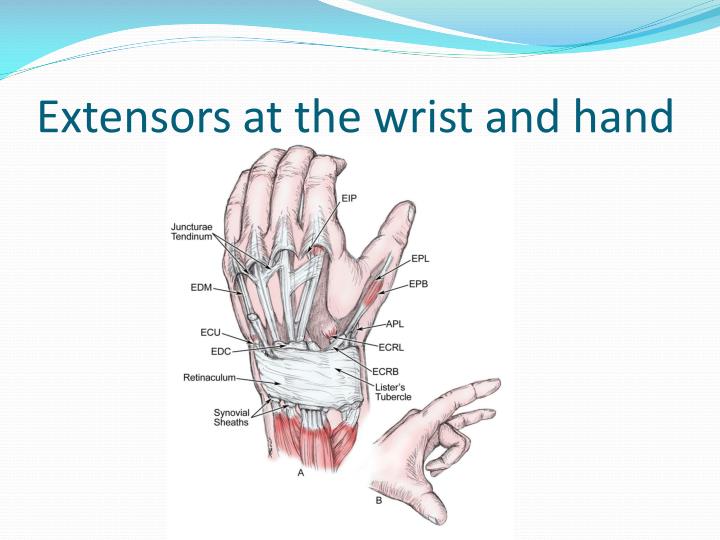

Any duplication or distribution of the information contained herein is strictly prohibited without authorization. Links to other sites are provided for information only - they do not constitute endorsements of those other sites. A licensed physician should be consulted for diagnosis and treatment of any and all medical conditions. The information provided herein should not be used during any medical emergency or for the diagnosis or treatment of any medical condition. This site complies with the HONcode standard for trustworthy health information: verify here. Learn more about A.D.A.M.'s editorial policy editorial process and privacy policy. The fascial layers divide the palmar side of the hand into the following five compartments ( Figure 33-1A ): Thenar compartment. is among the first to achieve this important distinction for online health information and services. follows rigorous standards of quality and accountability. is accredited by URAC, for Health Content Provider (URAC's accreditation program is an independent audit to verify that A.D.A.M. Excessive exercise - this would not cause severe contracturesĪ.D.A.M., Inc.Injury of the blood vessels in the forearm.Injection of certain medicines into the forearm.There is minimal movement of the fingers and wrist.Ĭonditions that can cause increased pressure in the forearm include: Severe - all muscles in the forearm that both flex and extend the wrist and fingers are involved this is a severely disabling condition.Moderate - all fingers are bent (flexed) and the thumb is stuck in the palm the wrist may be stuck in a bent position, and there is usually loss of some feeling in the hand.Mild - contracture of 2 or 3 fingers only, with no or limited loss of feeling.There are three levels of severity in Volkmann contracture: This leads to contracture deformities of the fingers, hand, and wrist. In Volkmann contracture, the muscles of the forearm are severely injured. But because it is stiff, the joint remains bent and stuck. When the muscle shortens, it pulls on the joint at the end of the muscle just as it would if it were normally contracted. A prolonged decrease in blood flow injures the nerves and muscles, causing them to become stiff (scarred) and shortened. Injury to the arm, including a crush injury or fracture, can lead to swelling that presses on blood vessels and decreases blood flow to the arm.

This occurs when there is increased pressure due to swelling, a condition called compartment syndrome. Volkmann contracture occurs when there is a lack of blood flow (ischemia) to the forearm.


 0 kommentar(er)
0 kommentar(er)
